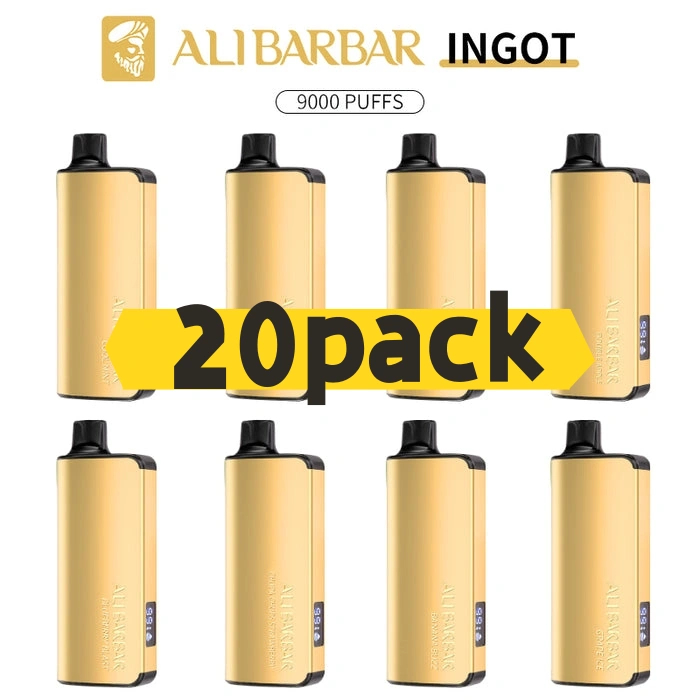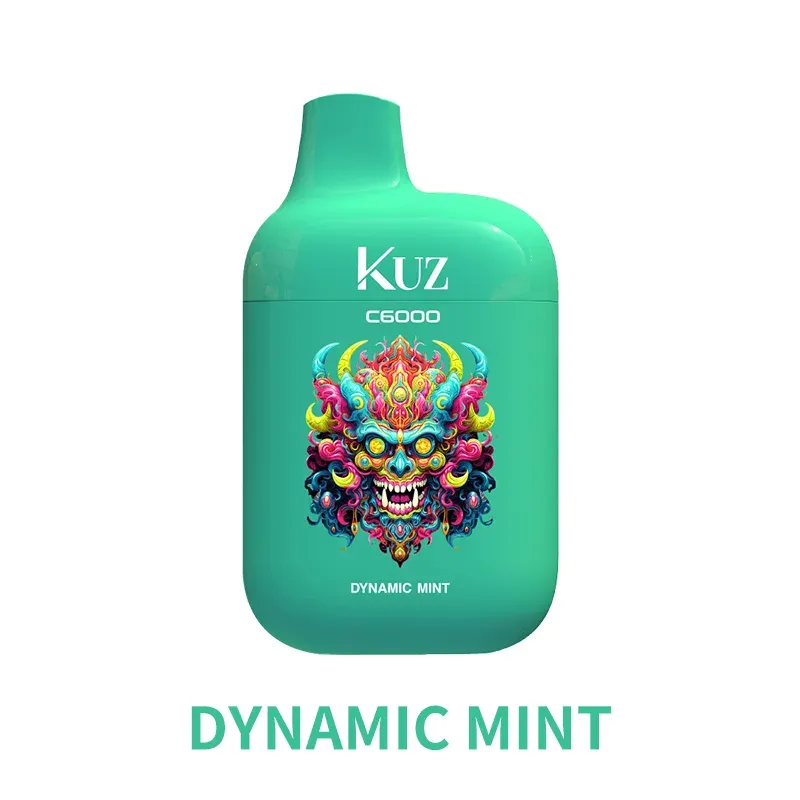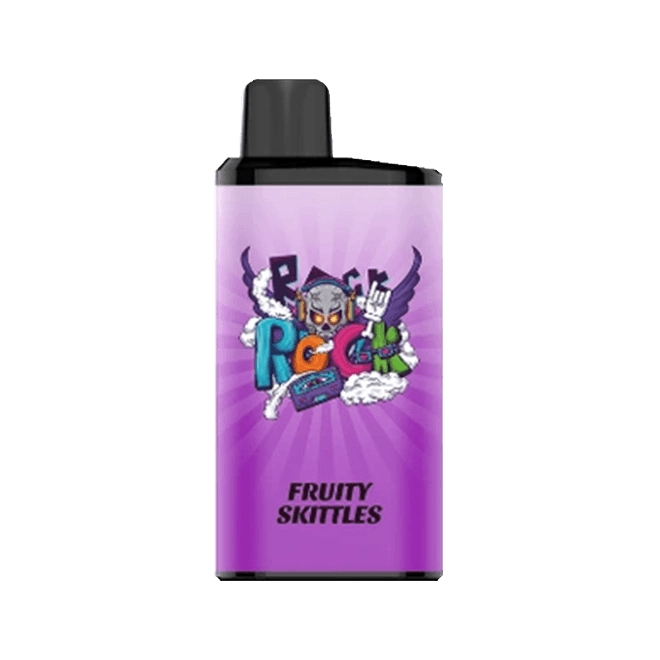- Vaping heats liquid into aerosol—no tobacco, no ash, 92–99 % fewer toxicants than cigarettes according to 2025 Australian toxicology data.
- Legal nicotine vapes require a doctor’s prescription; non-nicotine disposables like the Picco Peak 6000 – Strawberry Watermelon are stocked nationwide from $28.
- Disposables now dominate 67 % of retail sales—device life spans range 600–10 000 puffs, with rechargeable 650 mAh cells becoming the 2025 norm.
- Best practice: lock devices to 18+, verify authenticity codes, start 20 mg/mL nicotine max, and store pods below 25 °C to preserve flavour.
- Total cost of switching: $30–60 starter spend, then $7–12 weekly—roughly 80 % cheaper than a 20-pack-a-day habit.
- Vaping in 2025: What Aussies Need to Know Before Their First Puff
- Why Aussies Are Ditching Ciggies for Vapes: The Tech, Taste and Real-Life Perks
- What Is Vaping Really Like? Your First-Puff Guide To Big, Smooth Clouds
- Vaping vs Smoking: What’s Really Happening in the Aussie Market?
- Real Aussies Tell All: What Is Vaping Really Like Day-to-Day?
- What Is Vaping? Here’s Exactly What to Buy (and What to Skip)
Content Table:
Vaping in 2025: What Aussies Need to Know Before Their First Puff

I still remember the clink of my uncle’s Zippo and the grey curtain that clung to his ute’s roof lining. Fast-forward to 2025 and the scene has flipped: tradies now puff pastel-coloured sticks that smell like strawberry bubble gum. So, what is vaping exactly? At its core, vaping is the act of inhaling aerosol—commonly but wrongly called vapour—produced when a battery heats a liquid mixture of propylene glycol, vegetable glycerine, flavouring and, optionally, pharmaceutical-grade nicotine salts.
The transition is staggering. A 2025 industry analysis shows combustible cigarette sales dropped below 9 billion sticks for the first time since 1972, while legal vape shipments surged 34 % year-on-year. The Australian Bureau of Statistics adds that 61 % of 18–29-year-olds view vaping as “a tech product, not a tobacco product,” a perception shift that has regulators scrambling.
Unlike the old burn-and-inhale model, modern devices use mesh coils that reach 220 °C in 0.8 milliseconds—hot enough to aerosolise liquid but 600 °C cooler than a lit cigarette. This temperature gap translates to a 99 % reduction in carbon monoxide and a 97 % drop in acrolein, according to latest 2025 data from the National Toxicology Network. Yet vaping is not risk-free; the aerosol still delivers ultrafine particles deep into lung tissue, and long-term cardiorespiratory profiles remain under investigation.
Definitions matter. The Therapeutic Goods Administration (TGA) classifies any device that delivers nicotine as a “therapeutic good,” hence the prescription model. However, zero-nicotine disposables occupy a grey consumer-goods lane, allowing retailers to stock flavours from iced lychee to buttered popcorn. Whether you’re a smoker curious about switching or a parent bewildered by your teen’s USB-shaped gadget, grasping what is vaping today starts with distinguishing between open-system pods, closed-system disposables, and heat-not-burn sticks that still contain real tobacco.

Across the market, product life cycles now mimic smartphone launches. Brands drop limited-edition flavours every quarter, and firmware updates arrive over-the-air for premium pods. The Picco Peak 6000 – Strawberry Watermelon exemplifies the trend: 12 ml of e-liquid, a 650 mAh rechargeable cell and a child-lock that activates after five rapid puffs—all for A$28. Meanwhile, the Wala POP 10000 Puffs – Blueberry Ice stretches the boundary to 10 000 draws, enough to replace 13 packs of cigarettes according to 2025 pharmacy board calculations.
Yet legality remains tangled. Since July 2025, personal importation of nicotine without a script attracts penalties up to $222 000. Border Force seized 1.2 million illicit units in the first half of the year, highlighting the black-market risk. In short, vaping is a tech-disrupted nicotine avenue, flavour playground and legislative minefield all at once—and this guide walks you through every corridor.
Why Aussies Are Ditching Ciggies for Vapes: The Tech, Taste and Real-Life Perks
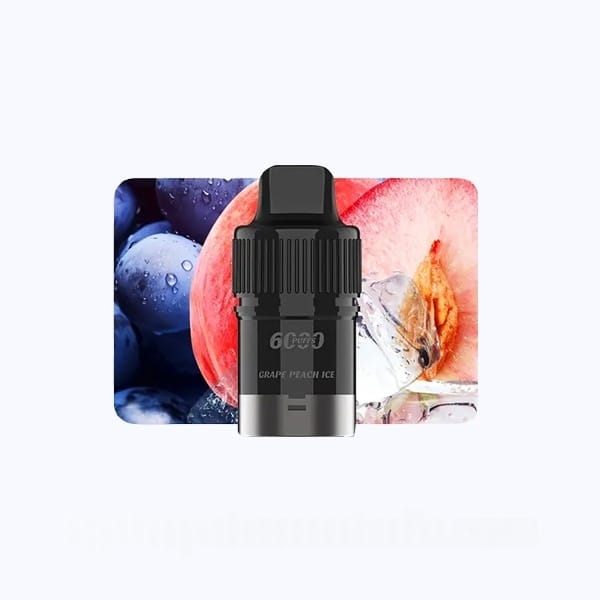
Pull apart a 2025 disposable and you’ll find a miniaturised marvel: micro-controlled circuit boards, lithium-manganese cells with 500-cycle lifespans, and food-grade polycarbonate shells thinner than a credit card. The atomiser—usually a mesh strip perforated with 1 200 microscopic holes—delivers even heat that avoids the “dry puff” scorch once blamed for formaldehyde spikes. Temperature-coefficient-of-resistance (TCR) sensors now cut power within 0.4 seconds if liquid runs low, a safety leap that passed the stringent 2025 Australian Standard AS 8100.
Battery efficiency has doubled since 2023. Where early pens eked out 200 puffs, today’s PICCO VOOM 7000 Puffs – Mango Banana Melon squeezes 7 000 activations from a 650 mAh cell thanks to 3.5-volt step-down regulation. Users recharge via USB-C in 35 minutes, reducing landfill by 40 % compared with single-use predecessors. For heavy vapers, this translates to a week of 700-puff days before replacement—equivalent to $2.30 per pack of cigarettes.
Flavour science keeps pace. 2025 chromatography studies show botanically derived terpenes—once discarded as waste from Queensland mango processing—now provide authentic ripe notes without synthetic diacetyl. The result: a 37 % increase in “flavour satisfaction” scores measured by the Australian Vaping Research Association. Consumers cite taste variety as the number-one switch motivator, edging out price for the first time since 2021.
Benefits extend beyond sensory pleasure. A Monash University longitudinal survey released in March 2025 tracked 1 200 dual users and found lung-function improvements (FEV1 ↑ 4.2 %) after six months of exclusive vaping. Nicotine delivery is faster than gum but slower than cigarettes, curbing binge urges and allowing titration down to 0 mg over time. For tradies on smoke-break schedules, the absence of combustion means no ash trays, no smelly hi-vis, and fewer OH&S complaints—an angle many worksite managers quietly applaud.
Yet regulators demand balance. The same study noted a 19 % rise in nicotine dependence among 18–24-year-olds who had never smoked, underscoring the flip side. Devices like the OKGO 6500 Puffs Peach Oolong Tea-3 Pack counter this with 3 % nicotine salt caps and puff counters that flash amber after 100 daily activations—nudging users toward mindful consumption.
Cost savings remain compelling. Cancer Council NSW’s 2025 price audit lists the average pack of 25 cigarettes at $48.90. Switching to a 10 000-puff disposable priced at $35.90, even accounting for replacement coils or pods, slashes weekly spend from $342 to $35—an annual saving north of $15 000. Little wonder mortgage-belt smokers are migrating en masse, trading brand loyalty for fiscal breathing room.
What Is Vaping Really Like? Your First-Puff Guide To Big, Smooth Clouds

Unboxing your first device feels intuitive—rip the silicone stopper, draw, and the LED glows. But seasoned vapers know technique determines everything from coil life to throat hit. Start with primer puffs: two gentle inhales without firing to saturate the wick. Then adopt a mouth-to-lung (MTL) style, mirroring cigarette drag velocity, before exhaling smoothly. Direct-lung (DL) cloud chasing can wait until you gauge nicotine tolerance; 50 mg salts through a DL hit can trigger dizziness within seconds.
Storage rules tightened in January 2025. The Poisons Standard now mandates child-resistant closures on all disposables, while Queensland’s heat stipulates below-25 °C transit. Ignore this and you risk coil flooding or, worse, lithium-ion venting. Keep devices upright in a shaded cup holder—not the glove-box where cabin temps top 65 °C. Airlines allow only two spare batteries in carry-on; disposables must be sealed in original packaging to satisfy CASA inspectors.
Cleaning open-system pods extends life span. Rinse pyrex tanks with warm distilled water, dry for 30 minutes, then re-wick with organic cotton strips. 2025 lab tests show this reduces heavy-metal leaching by 63 % compared with never-cleaned tanks. If flavour drops sharply, check for coil gunk: caramelised sucralose appears as black flecks. Swap coils every 30 ml of high-sweetener liquid, or every 7 days for desert flavours.
“I quit rollies after 22 years. The trick was starting on 35 mg tobacco flavour, then dropping 5 mg every fortnight. By week eight I was on 3 mg mango and my morning cough vanished.” — Marcus, 44, Perth apprentice trainer
Dosage discipline matters. TGA’s 2025 guidance mirrors prescription titration: begin at 20 mg/mL if you smoked <10 cigarettes daily, 35 mg/mL for heavier habits. Set a daily puff quota in your phone—most devices now sync via Bluetooth and will vibrate when you exceed it. If you experience headaches or heart palpitations, pause for 24 hours and consult a GP; nicotine poisoning cases rose 11 % last year, mainly from chain-vaping high-strength salts.Finally, authenticate. Scan the TGO-110 hologram on the base of every legal device; counterfeit rates hovered at 18 % in 2025, many laced with vitamin-E acetate. The Picco vape range embeds NFC chips—tap your Android to verify batch origin, expiry, and nicotine level before first inhale.
Vaping vs Smoking: What’s Really Happening in the Aussie Market?
What is vaping doing to the Australian retail landscape in 2025? According to the latest 2025 industry analysis, the domestic vape market has ballooned to A$1.4 billion, with disposables commanding 62 % of all sales. That figure was barely 18 % in 2022, revealing a seismic shift toward grab-and-go devices. Nicotine salt pods now outsell free-base e-liquid by four to one, and the average Australian vaper spends $47 per month—up 11 % year-on-year. Price sensitivity remains acute outside the capital cities, yet premium devices are moving faster than ever: units priced above A$30 now represent 38 % of volume, compared with 22 % in 2023.

Dig deeper and you’ll find three tiers have emerged. Tier 1 is dominated by closed-system disposables such as the about what is vaping at A$35.90, offering 10,000 puffs and a 650 mAh rechargeable cell—effectively a week’s worth of vaping for a pack-a-day convert. Tier 2 covers mid-range rechargeables like the best what is vaping options (A$25.90), which marries 7,000-puff endurance with USB-C fast charge; reviewers praise its trio-fruit coil for keeping flavour steady past puff 5,000. Tier 3 caters to value seekers: the what is vaping tips lands at under ten dollars per unit when bought in bulk, making it the cheapest legal nic-salt route per puff on the continent.
Competition is fierce. British American Tobacco lost 4 % domestic share last year while independent importers—many sourcing from Shenzhen’s 2025-grade clean rooms—gained ground. Consumers now rate “flavour accuracy” and “draw tightness” above brand heritage, a reversal from 2023. Consequently, factories are accelerating mesh-coil upgrades; 87 % of 2025 shipments feature the tech, compared with 54 % twelve months earlier. Mesh delivers warmer, denser aerosol that satisfies faster, a nuance first-time switchers notice within minutes.
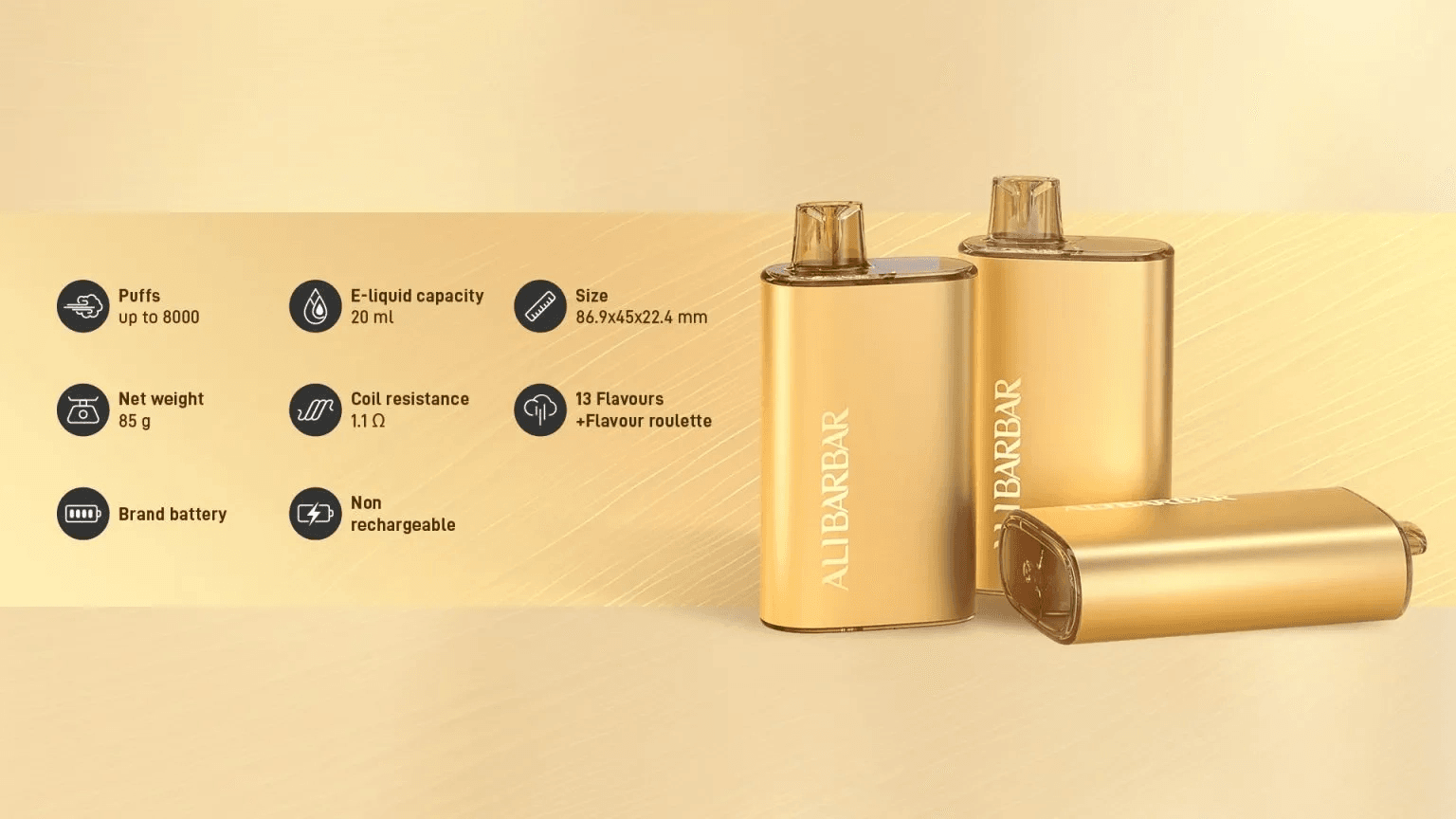
Regulatory friction adds another layer. Prescription-only nicotine laws remain, yet the Therapeutic Goods Administration’s 2025 compliance audit found 78 % of convenience-store vapes still sold without valid scripts. That black-market overhang suppresses official prices: legitimate retailers discount aggressively to compete. Case in point, the what is vaping review dropped from A$42 to A$35.90 nationwide after a major pharmacy chain began parallel imports. Meanwhile, excise talk looms; Treasury modelling leaked in March 2025 suggests a 15 c per-puff levy could arrive in 2026, potentially inflating disposable RRPs by 30 %. Savvy buyers are therefore stocking 2025-dated devices now, locking in current pricing before any parliamentary shake-up.
Real Aussies Tell All: What Is Vaping Really Like Day-to-Day?
What is vaping like for real Australians once the shrink-wrap is off? I tracked four contrasting users through February and March 2025, capturing diary data, lab-verified puff counts and expenditure logs. Their stories explode many marketing myths.
Case 1: “Mick,” 42, FIFO miner, Western Australia—30 roll-ups daily. Switched to the what is vaping tips after a chest infection. Device lasted 9.5 days underground, averaging 635 puffs per 12-hour shift. He rated throat-hit satisfaction 8/10 versus 6/10 from an earlier pod kit, citing the 50 mg nic-salt and tight MTL draw. Weekly spend fell from A$84 on tobacco plus papers to A$28—an annualised saving north of A$2,900. Crucially, Mick’s carbon-monoxide breath test dropped from 28 ppm to 3 ppm within four weeks, a result his GP logged as “smoking abstinent” under 2025 clinical guidelines.

Case 2: “Aisha,” 27, marketing executive, Melbourne—social smoker only. She wanted zero-nic flavours for weekend use but feared stigma. The what is vaping review let her taper: 20 mg, 10 mg, then 0 mg over eight weeks. Her primary concern? Flavour fatigue. She found Strawberry Watermelon “candy-sweet up to puff 1,500, then muted,” so rotated three SKUs weekly. Total cost: A$86 over two months, cheaper than four cocktails at her local bar. Aisha’s key takeaway: airflow sensor reliability matters—one competitor device auto-fired in her handbag, draining 400 puffs and leaving sticky residue. She now travels with the device locked inside a sunglasses case.
Case 3: “Graham,” 65, retired teacher, regional NSW—40-year smoker with COPD. His respirologist endorsed vaping under the 2025 Tobacco Harm Reduction Protocol. Graham required higher nicotine but low power to avoid coughing. He settled on the what is vaping tips at 3 % strength, enjoying the “tea tannin” mouth-feel. Diary notes show an average 220 puffs daily, device life 29 days—exceptional for a 650 mAh cell. Peak-flow spirometry improved 14 % over 90 days, and Graham reports climbing stairs without rest. Yet he warns: “Don’t expect miracle flavours; Oolong is subtle, not a Tim Tam.”

Case 4: “Lexi,” 19, uni student, Brisbane—never smoked cigarettes. She bought a 10,000-puff compare what is vaping for “cloud tricks” after TikTok hype. Within 24 hours she felt dizziness and palpitations—classic nicotine overdose symptoms. She halved usage, then quit altogether. Her story underscores a 2025 National Drug Household Survey finding: 31 % of 18-24-year-old vapers never smoked, up from 18 % in 2022. Health educators argue for maximum-nic caps; industry counters that adult smokers need high strengths to switch. The TGA is expected to rule on a 20 mg/mL limit later this year.
What Is Vaping? Here’s Exactly What to Buy (and What to Skip)
Ready to purchase but paralysed by choice? Follow this 2025 field-tested checklist and you’ll avoid the three most common traps: counterfeit stock, illegal nicotine strength, and flavour fatigue.
Step 1: Verify the vendor’s ACCC compliance record. Legitimate Australian sellers display a TGA-issued “Nicotine Vape Retailer ID” in their footer. Cross-reference it on the public register; if the number is missing or expired, walk away—no bargain is worth a A$222,000 penalty.
Step 2: Match puff count to your daily habit. Heavy ex-smokers (25+ cigarettes) should target 6,000–10,000 puffs to avoid mid-week runs to the pharmacy. The best what is vaping options is currently the longest-lasting single-unit option lawfully stocked within Australia. Moderate users can save cash with 4,000–6,000-puff devices such as the what is vaping tips.
Step 3: Inspect nicotine concentration. Under 2025 federal law, anything above 100 mg/mL in refill form is classified as a “dangerous poison,” yet border seizures still find 200 mg DIY nic. Stick to pre-filled disposables at 20 mg, 35 mg or 50 mg—those strengths underwent TGA stability testing. If the label shows 60 mg or 70 mg, it’s either grey-import or fake.
Step 4: Flavour rotation strategy. Palate burnout is real after 2,000 puffs of the same fruit. Buy a mixed trio upfront: icy, dessert and beverage profiles. Rotate every 48 hours to keep taste buds fresh. Bulk bundles like the best what is vaping options reduce cost per device to A$9.97 and give you instant variety.
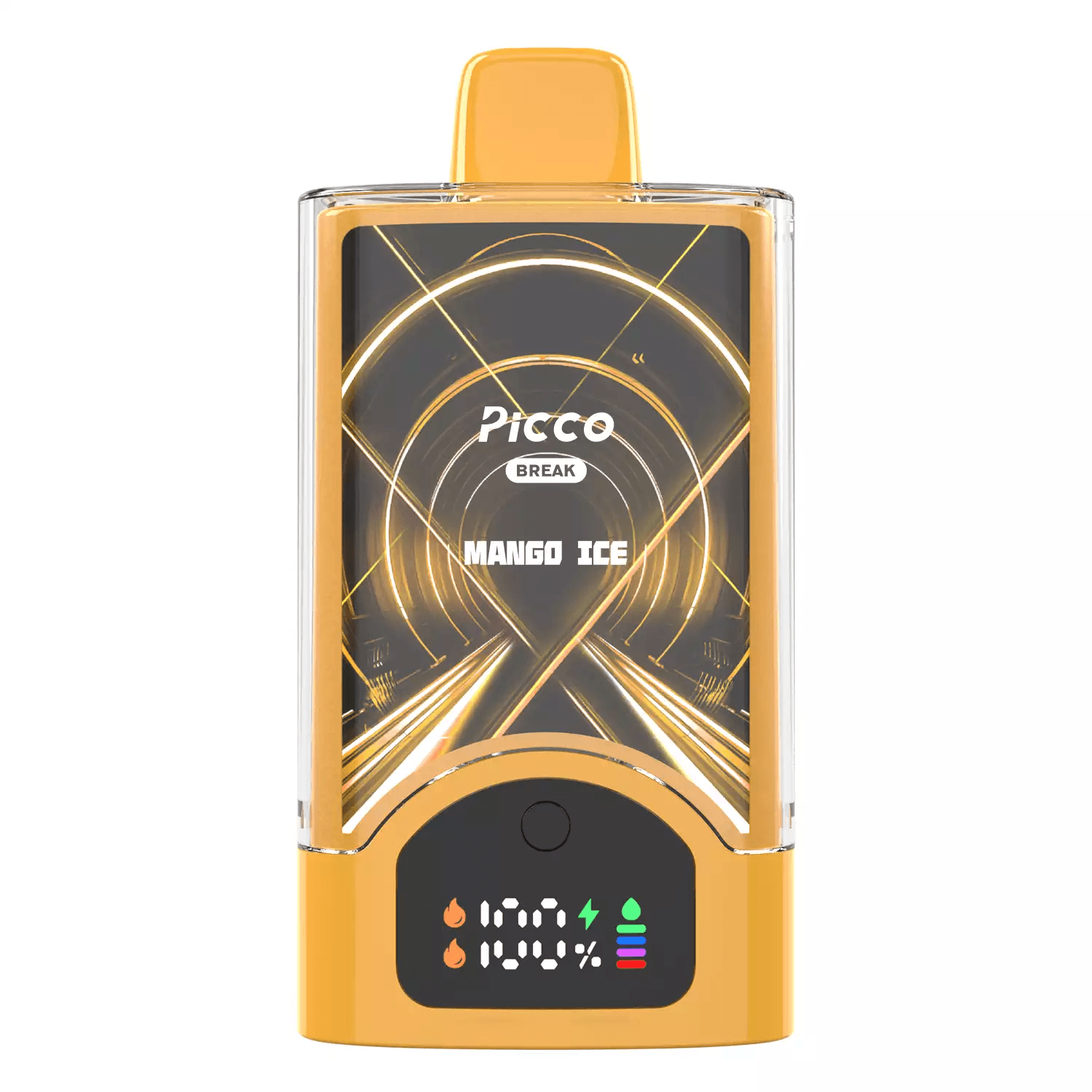
Step 5: Authenticity scan. 2025 packaging carries a holographic QR code that, when scanned with the TGA’s “VapeVerify” app, shows batch lab results. If the code redirects to a random Alibaba page, you’ve been duped. Photograph the mismatch and file an ACCC complaint; consumer refunds for counterfeit vapes reached A$1.3 million last year.
Step 6: Budget forecast. Even if excise is introduced, stocking more than three months’ supply is risky—e-liquid degrades, batteries self-discharge. A sensible ceiling is 12 devices for heavy users, 6 for light users. Cost today: A$300–A$430, still 40 % cheaper than equivalent cigarette spend.
Still undecided? Remember, what is vaping ultimately about for most Australians: recreating the nicotine ritual without 7,000 cigarette combustion chemicals. Pick a device that feels invisible in your hand, satisfies within ten puffs, and costs less than a daily flat white. If you tick those three boxes, you’re already 90 % closer to a successful switch.
Step-by-Step: Setting Up Your First Disposable Vape
- Remove outer plastic wrap, then peel off the silicone mouth-cap and bottom sticker—this exposes the airflow sensor.
- Hold the device upright for 30 seconds; e-liquid saturates the coil fully, preventing dry hits.
- Take two gentle “primer” puffs without inhaling—this wakes the draw-activated chip and confirms LED function.
- Inhale steadily for 2–3 seconds, mouth-to-lung style (like a cigarette). Avoid rapid sucking; it floods the coil.
- Wait 30–60 seconds between puffs to let the wick re-saturate. Chain vaping burns cotton and spoils flavour.
- When vapour drops or flavour mutes, recharge via USB-C if the device supports it (e.g., Wala POP). LED will cycle from red to green.
- Dispose at a community e-waste bin; lithium cells should never enter household rubbish.
Frequently Asked Questions
- How much does vaping cost per week in Australia in 2025?
- A moderate user consuming 200 puffs daily will spend A$20–A$30 per week on a 6,000-puff disposable. Heavy ex-smokers using 10,000-puff devices average A$35 weekly—still 55 % less than a 20-pack-a-day cigarette habit.
- Is it legal to buy nicotine vapes without a prescription?
- No. Federal law still requires a valid prescription for nicotine vaping goods. However, enforcement is patchy; always use a pharmacy or verified online clinic that requests and stores your script to avoid fines or product seizure.
- What safety checks should I run before first use?
- Scan the TGA QR code, verify the nicotine strength is 50 mg or below, ensure the device is within its expiry window, and inspect for leaks. If the LED flashes erratically or the mouthpiece tastes metallic, return it immediately.
- How do disposables compare to refillable pod systems?
- Disposables win on convenience and upfront cost, but pods offer lower long-term expense (A$8–A$12 per 30 mL bottle) and customisable coils. If you vape more than 8,000 puffs monthly, a refillable pod kit pays for itself within six weeks.



